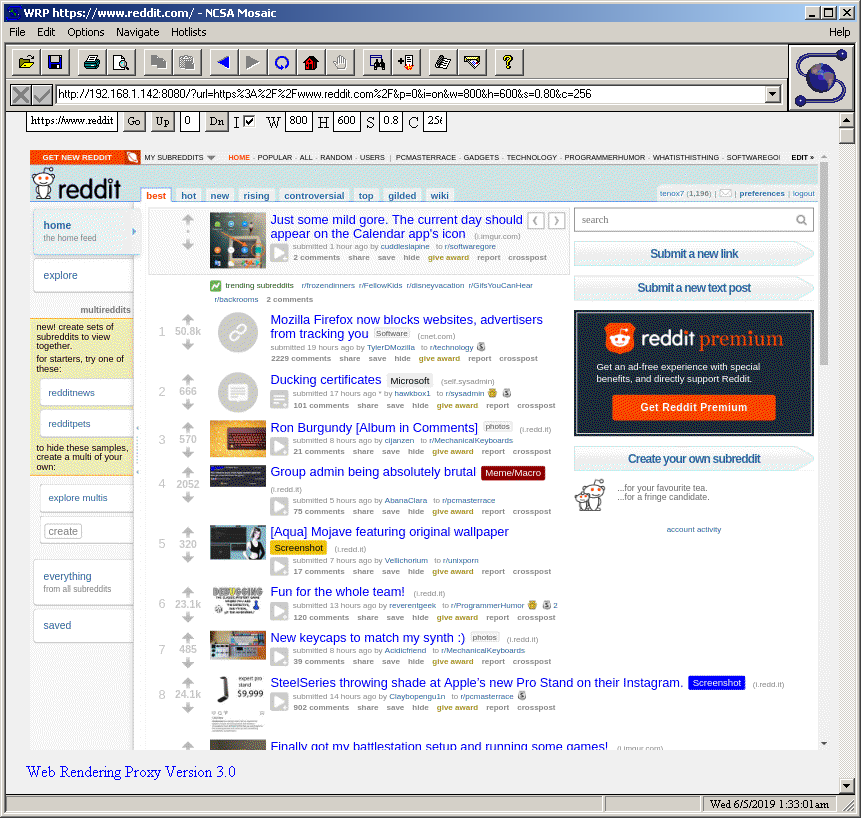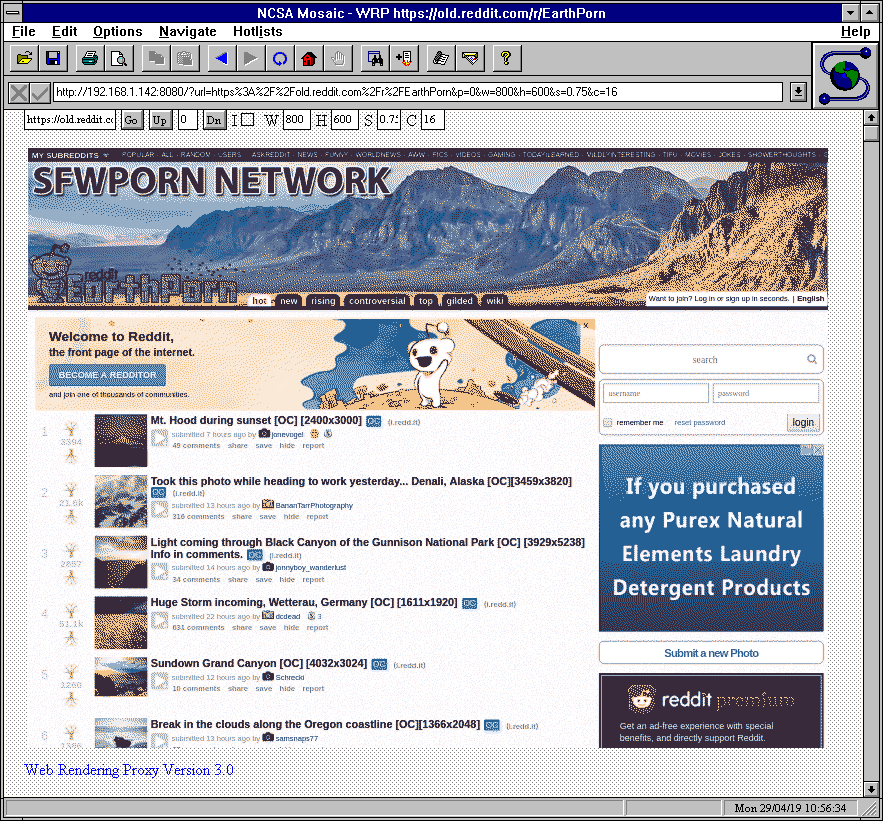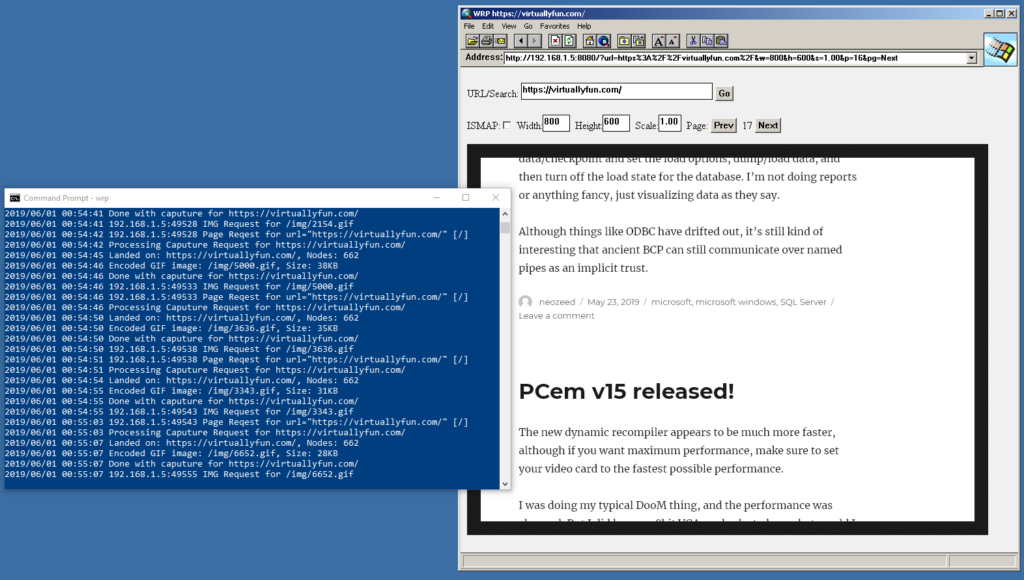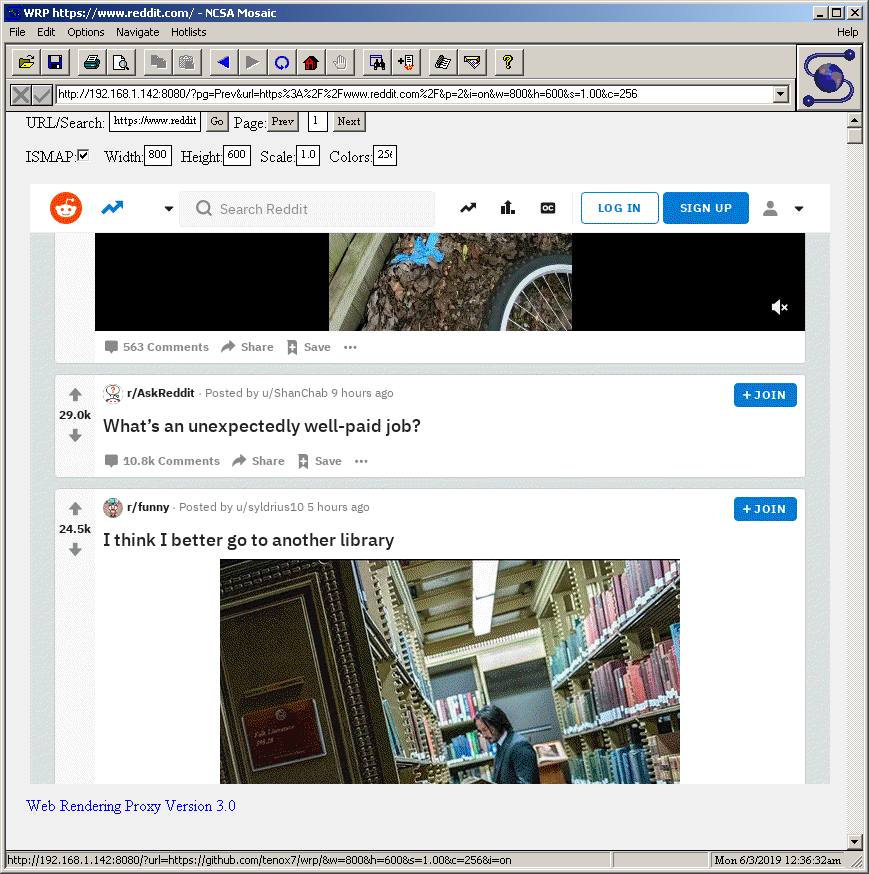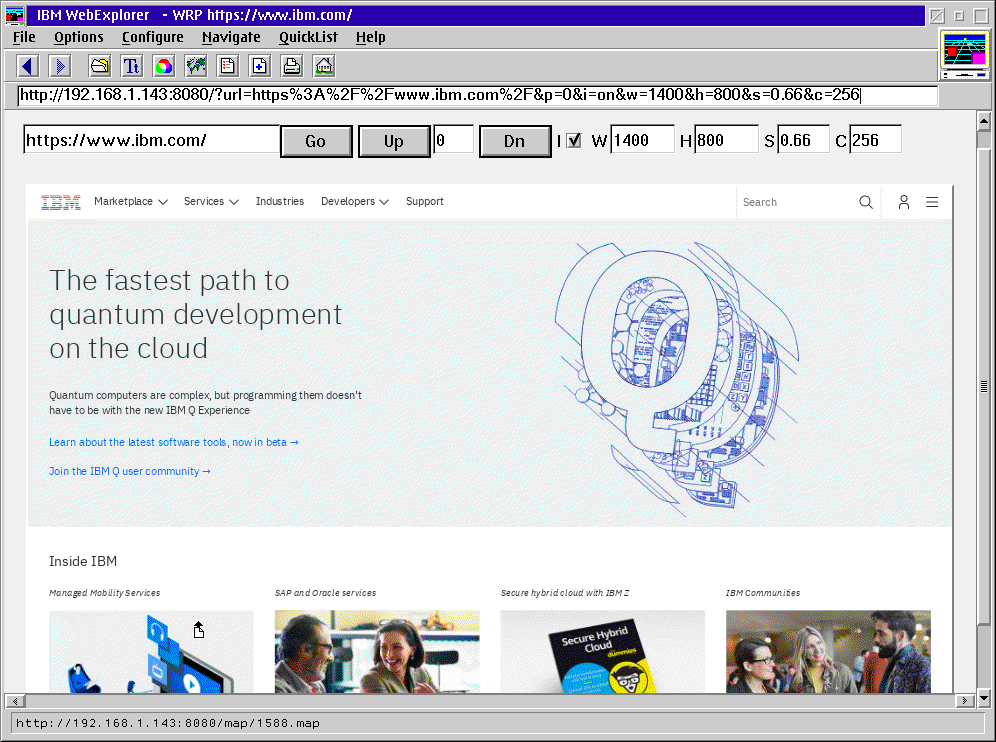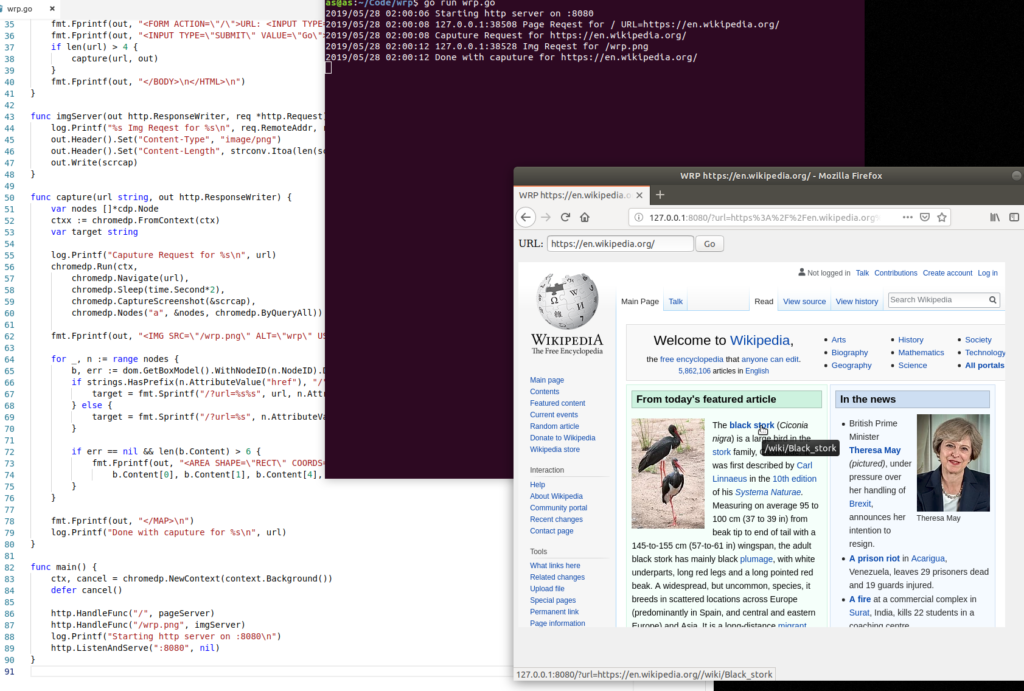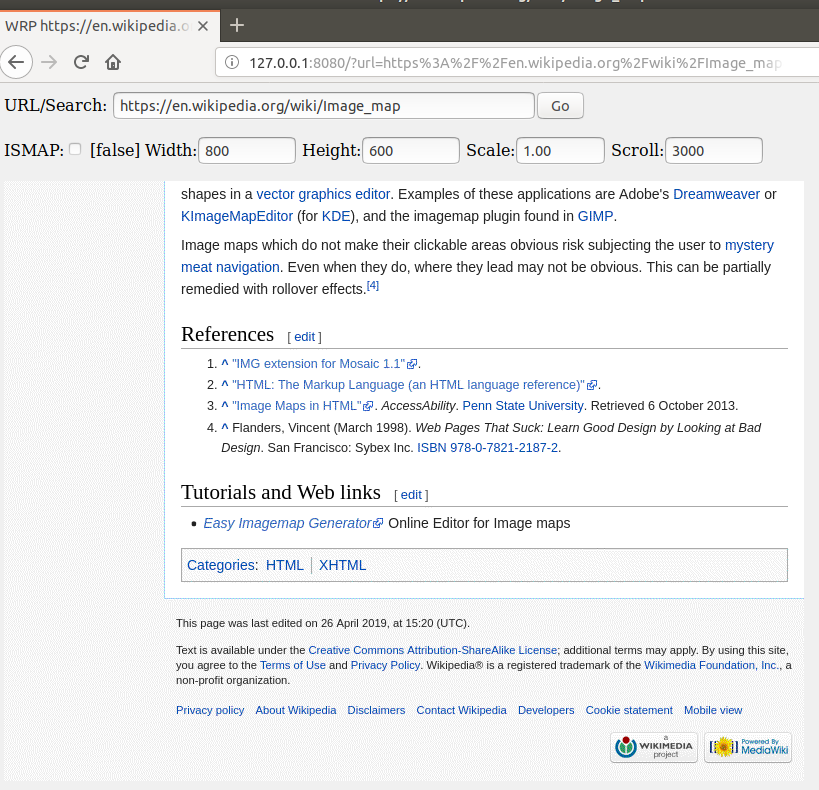What an incredible adventure!
Apparently this was all recorded in 2017, and just now released.
It’s very long, but I would still highly recommend watching the full thing.
Bob goes into detail about the rise of the integrated circuit versions of the PDP-11 & VAX processors, the challenges of how Digital was spiraling out of control, and how he was the one that not only championed the Alpha, but had to make the difficult decisions that if the Alpha succeeded that many people were now out of a job, and many directions had to be closed off.
He goes into great detail how the Alpha was basically out maneuvered politically and how the PC business had not only dragged them down by management not embracing the Alpha but how trying to pull a quick one on Intel led to their demise.
Also of interest was his time in research witnessing the untapped possibilities of AltaVista, and how Compaq had bogged it down, and ceded the market to the upstart Google, the inability to launch a portable MP3 player (Although to be fair the iPod wasn’t first to market by a long shot, it was the best user experience by far).
What was also interesting was his last job, working at Unisys and getting them out of the legacy mainframe hardware business and into emulation on x86, along with the lesson that if you can run your engine in primary CPU cache it’s insanely fast (in GCC land -Os is better than -O9).
The most significant part towards the end of course is where he ‘rewinds’ his story to go into his interest in simulations, and of course how he started SIMH when he had some idle time in the early 90’s. SIMH of course has done an incredible amount of work to preserve computing history of many early computers. He also touches on working with the Warren’s TUHS to get Unix v0 up and running on a simulated PDP-7 and what would have been a challenge in the day using an obscure Burroughs disk & controller modified from the PDP-9.
Yes it’s 6 hours long! But really it’s great!

